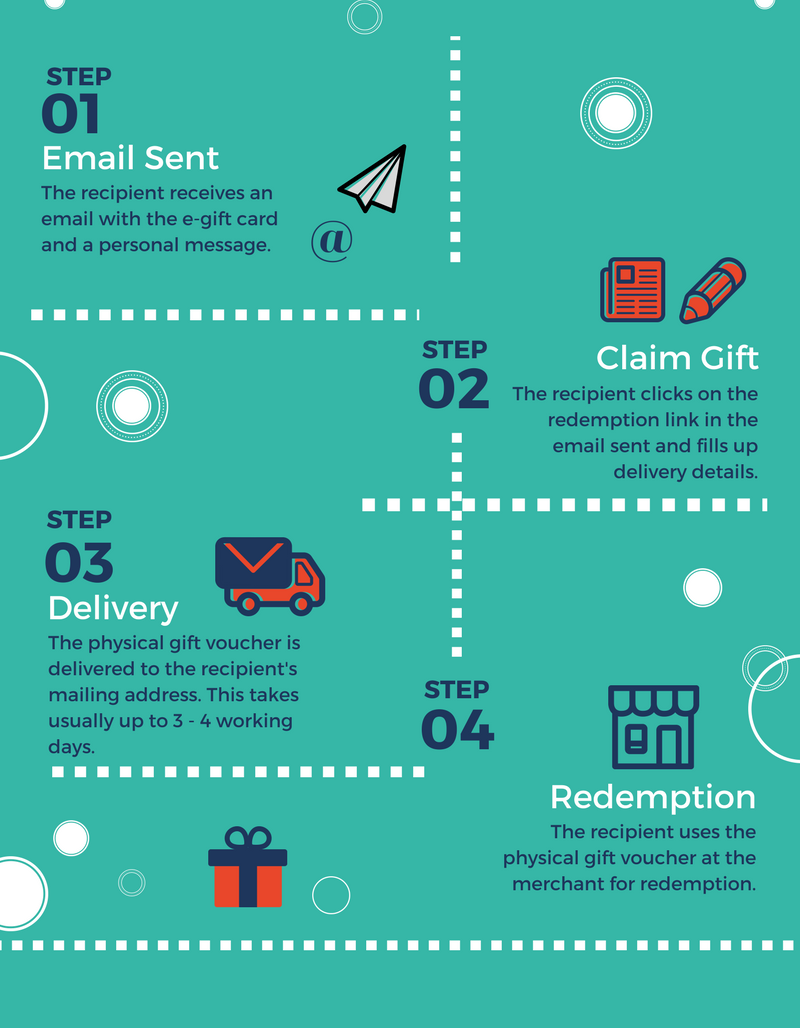Personalized glass is a kind of embellished glassware that involves shallowly engraving the surface of the glass. The engraving varies from reduced glass, which is made by utilizing a sawing movement to produce shapes in the glass.
Laser etching can produce finely etched pictures on glass, yet the outcome can often feel rough to the touch because of little fragments of glass continuing to be on the surface. Amy shares some tricks she has gained from dealing with Epilog lasers to stay clear of these concerns:
1. Hang it on the Wall surface
Traditionally, people prize glass for its charm and beauty. Nevertheless, it is a hefty and fragile product to collaborate with and have to be carefully handled in order to preserve the piece for many years to find. To show your personalized glass, try to find hooks, braces or places that are especially made for this objective. These can be located at equipment or art supply shops.
To lower the opportunity of damages to your glasswork, use a dampened solitary layer of paper towel to the surface area. This will certainly protect against air bubbles or overlaps from influencing the engraving outcome.
An additional alternative is to make use of application tape. This will certainly additionally aid in lowering the surface of your work surface from coming to be harsh. In addition, you can explore various visuals handling setups for laser engraving glass. For instance, you may find that a higher power setting works better with a reduced dpi, as this can decrease the opportunities of sharding. You can additionally attempt transforming solid locations of fill to grayscale, as this will reduce the warm affected zone.
2. Place it on a Table
Glass inscriptions include an innovative seek to any type of area and can be utilized for a variety of purposes. To make your glass engravings attract attention, take into consideration frosting the surface area or including a paint fill to enhance the design's visibility.
Prior to running a laser etching work, it is necessary to check the rate and power settings on the type of glass you will certainly be making use of. These improvements will allow your machine to generate the appearance you seek while reducing risks of mistakes and damage.
Adding dampened paper towel or application tape to the surface of your workpiece before lasering can assist with warm dissipation, preventing the glass from becoming harsh.
You can likewise try changing your visuals color to 80% grayscale in order to further different the dots and lower any type of fracturing that may occur throughout the inscribing process. By combining these approaches, you can accomplish near ideal results on a variety of glass items.
3. Put it on a Stand
The process of laser inscription glass needs a good deal of precision. Inscribing on rounded surfaces like containers and tumblers is especially tough due to misalignment concerns. A jig or clamp assists to stabilize the things and make sure proper positioning.
It's additionally crucial to choose a high-contrast layout with strong lines and clear edges for the very best results. Making use of software application tools to readjust contrast and brightness can assist achieve these objectives. Furthermore, it's a good concept to check your designs on scrap glass prior to etch the real product.
Adding a layer of dark paper to the surface area of religious engraved glass gifts the glass before inscribing decreases damaging and enhances the overall top quality of the final product. In addition, a moistened single-layer of paper towel externally of the glass can reduce results from warm on large surface areas. A rotary accessory is also advised for round items, such as containers. This tool aids to stabilize the work surface, decreasing resonances that can affect the precision of the laser's alignment.
4. Position it on a Floor
A straightforward way to present engraved glass is by positioning it on the floor. This will certainly give the etching a more remarkable result, as it will show up from all directions. Personalized glass can also be hung from a ceiling for a much more unique impact.
While traditional techniques of inscribing glass need physical call and may harm the surface area, laser etching is a non-contact process that permits the creation of complex and detailed styles. Epilog Laser machines are easy to use and featured intuitive software program that makes it easy for any individual to develop an one-of-a-kind imaginative design.
Prior to lasering, the glass needs to be cleaned completely. Using a thin coat of unmixed dish soap to the area that is mosting likely to be etched will assist prevent damage from warm, as it dissipates the power created throughout the inscribing process. Furthermore, making use of the rasterization type "Purchased Dithering" in your laser software program will decrease the possibility of any kind of rough areas on big surfaces and will enhance total clarity.
